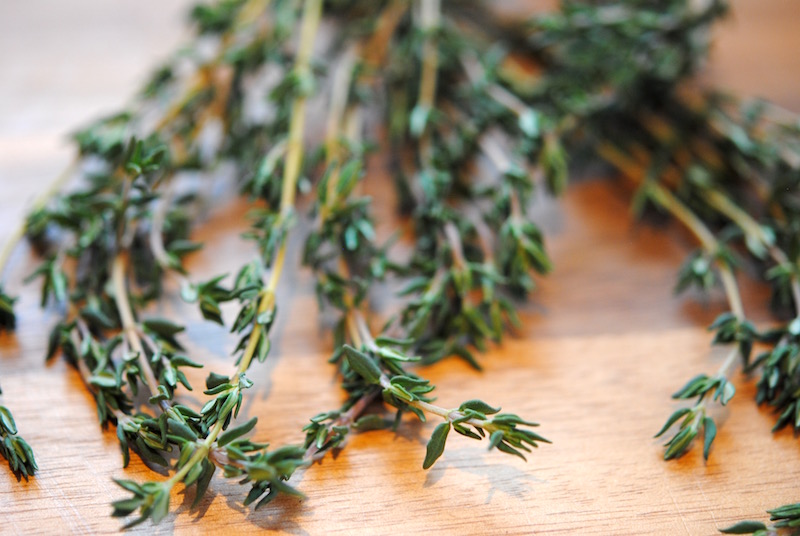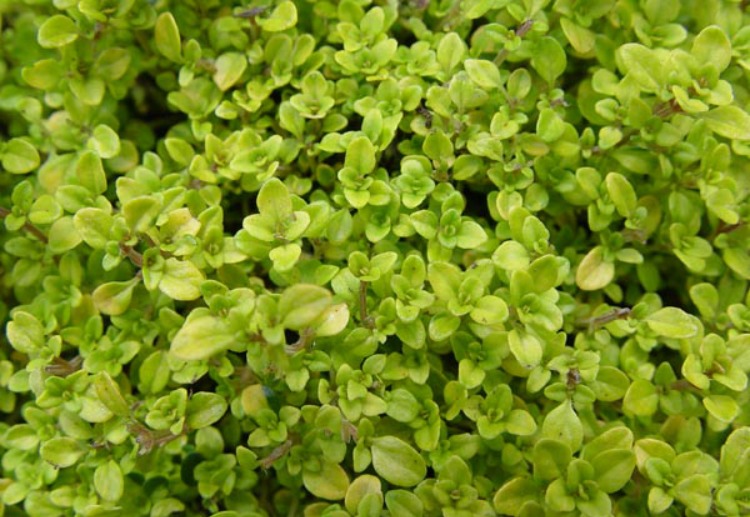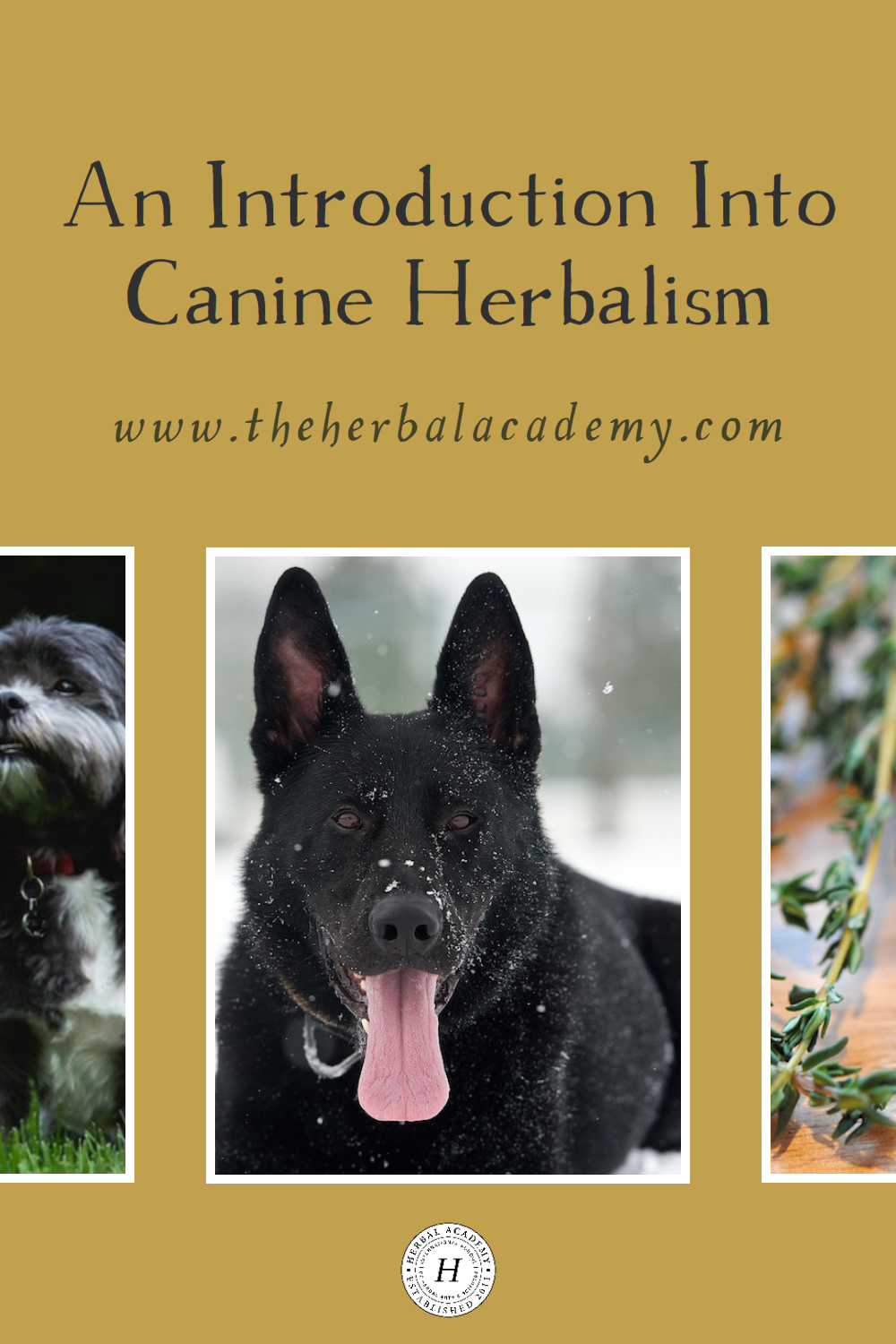
An Introduction Into Canine Herbalism
If you have dogs, you probably cannot count the times you’ve seen them run to a patch of something green and begin to consume it ravenously. You might wonder when, and more importantly, where the consumed forage will represent itself again, which always seems to be in the middle of your dinner party on your new carpet! The amazing thing is that your dog is often times self-medicating, or seeking something it lacks in its diet.
The question becomes, how do we recognize this need? And, how do we go about helping them fill in those gaps? The answer is quite easy – if they look at things that grow in nature, why shouldn’t we? The reality is not quite that simple, but nature’s offerings are amazing at helping us fill in gaps. Allow me to cultivate these areas.
Canine Herbalism 101
First, how do we recognize signs of a health struggle in our furry friends? Oftentimes, they present themselves on the surface. When an animal’s skin appears irritated or inflamed, it is sometimes the result of an underlying problem. The body, when stressed, tends to focus internally, protecting its most important organs. This makes the body appear to be suffering externally, as the less important hair and skin are put on the back burner. It is an amazing thing: the body’s call for a bit of assistance. An analogy works well here: let’s think of the body as a scale, the ailment being on one side. We must supplement the other side to bring the scale back into balance, giving the body the tools it needs to maintain that balance on its own.
When inflamed, reddened, itchy skin emerges, and other more serious problems have been ruled out, I sit down with my veterinarian and evaluate first and foremost the protein in my dog’s diet. When they are not getting enough of this essential component, you can and should have your dog’s diet analyzed for protein content. I feed my dogs a raw diet consisting of balanced amounts of raw meat, fresh vegetables, and dried herbs; however, before doing so, I discussed the decision and recipe with my veterinarian. Sometimes, however, a dog needs a little boost, and believe it or not, nature can offer a helping hand.
Alfalfa (Medicago sativa)
Alfalfa has been called “the father of all foods; so wouldn’t it only make sense that it is where I turn first in times of my canine’s needs?
Alfalfa is a member of the clover family and has long been cultivated for livestock feed. But this wonderful legume is not just for the barnyard; it is a beneficial supplement for your canine companions. The protein content of alfalfa is a valuable protein boosting ingredient for your dog’s diet.* Furthermore, it is a beneficial ingredient when your dog is suffering from inflammation, treating the surface problem as well as giving his body an essential component to heal itself from the inside. It is a cooling, earthy herb that reaches incredible lengths beneath the soil to pick up precious minerals, including calcium, potassium, iron, and phosphorus. It has the ability to remove internal acids, aiding in cleansing the animal’s fluids and tissues. When your dog’s skin or coat is looking a bit unkempt, look to alfalfa for some “Fatherly” help.
To boost the quality and percentage of protein in your canine diet, add dried alfalfa leaves to your dog’s food in the following amounts:
¼ teaspoon (small dogs)
½ teaspoon (medium dogs)
1 teaspoon (large dogs)
Give the above amounts daily as an added supplement – adjust up or down, not to exceed double the amount noted, as needed to bring his body back into balance – (the dosage can be given in one or two meals). This can remain a valuable maintenance ingredient in his/her meals. I make an herbal supplement that I add to my dog’s raw diet daily, and although I change some of the ingredients with the seasons, dried alfalfa leaf finds its way into every batch.
*Alfalfa SHOULD NOT be the sole protein component of any canine diet. This recipe is to boost the already balanced protein content of a canine’s diet. If your dog’s diet is based heavily on plant protein rather than animal protein, I don’t recommend adding alfalfa to their diet. Please always consult any decision regarding your animal care with your veterinarian.
Now that we’ve filled in a bit of our gap with some protein-boosting alfalfa, let us further cultivate.

Dogs Tend to be “Hot” Animals
I have found that many dogs tend to have hot constitutions. When choosing herbs for dogs, you would generally want to choose herbs with somewhat opposite energetics/constitution as the animal. For example, turmeric is a wonderful anti-inflammatory. When dealing with inflammation in a dog whose constitution runs hot, however, I might be more attracted to sage, because its constitution is cooling. When helping my canine companions, I lean in the direction of cooler herbs. This does not mean I don’t include warmer ones – remember, we are looking for balance. At the end of this article, I have included a cooling Mean, Green Skin Machine recipe that I add to my dogs’ diet when I recognize they might be struggling.
Keep in mind, I will most often start with the addition of alfalfa, but sometimes we need to reach a bit farther into our yards and gardens. All of the herbs listed below are added to my dogs’ feed in a dried leaf state. I mix equal parts of the following herbs and add them to their feed twice daily in the dosages noted below.
Basil (Ocimum basilicum)
This herb is both cooling and heating, providing me with a balanced ingredient for my canine mix. I use it to “help open the skin.” A powerful tonic with antibacterial and insecticidal properties, it offers the body a dose of vitamin A and vitamin C. I use it to assist the body in many ways, including stimulation of the appetite and digestion, assisting in mental and nervous fatigue, and brain circulation.
Oregano (Origanum vulgare)
This “Old World” mint is warm and pungent and thought to have antibiotic properties, perfect for my canine skin mixture. Dogs tend to lick, almost incessantly, any skin lesion, so adding a bit of oregano is an essential aid to combat lingering bacteria that might be lying on the surface. As they run and play outside, an open wound can make a nice, moist home for things that want to creep inside. With basil working on the inside, I like to think of the oregano as my little “wingman” on the outside, helping the basil along the way. In this case, we are almost working from the outside in. Oregano contains high amounts of the monoterpene thymol, a potent, broad-spectrum antimicrobial chemical, and studies have shown its effectiveness against a variety of pathogenic organisms (Hobbs and Gardner, 2013). It has pain-relieving and antiseptic properties and aids in digestion.

Rosemary (Rosmarinus officinalis)
Herbalists use this warm, yet drying herb to “awaken the nerves,” open the capillaries, and improve sensation. It contains high levels of rosmaricine (which acts as a mild analgesic) and antioxidants, which together make it useful for treating inflammation (Gladstar, 2012). Moreover, it has been used for hundreds of years as a cosmetic herb due to its beneficial effect on skin and hair (Gladstar, 2008). This is a necessary additive when your canine’s struggles have moved externally.
Rosemary contains many phenolic compounds (a class of antioxidant chemicals found in grapes, pomegranates, and green tea) with powerful protective actions (Hobbs and Gardner, 2013). Its actions are antibacterial, antiviral, and antimicrobial. It is often used to help restore hair by nourishing, cleansing, and stimulating skin and hair follicles. I consider rosemary an integral part of my canine skin mixture; however, if your dog competes on any level, take note that rosemary has been said to test positive in horses, causing them to be disqualified from competition.
Sage (Salvia officinalis)
This oily, astringent, and mildly warming herb is one of my favorite “Fido” components. Just the smell calms me; when I run my hands through the mixture, sage is the first herb that I smell. It instantaneously gives me that ahh feeling, and I feel it does the same for my pooches. This powerhouse of an herb knocks out two (no, make that three) birds with one leaf. It is believed to exert a beneficial influence over the spirit (de Bairacli-Levy, 1997), as well as being an excellent herb for rebuilding vitality and strength during long-term illness (Gladstar, 2012). Its actions are astringent, antiseptic, antibacterial, and antioxidant. It provides several key minerals of value when dealing with infection.
Sage works by “drying” (Gladstar, 2012) and, therefore, should not be used by pregnant or lactating animals unless you wish their milk to dry up. Although sage is one of my favorites in this mixture and incredible at drying up those yeasty spots, I discontinue its use as soon as I see progress due to its overwhelming drying ability.

Thyme (Thymus vulgaris)
This is the one “hot” herb I include in my mix, so I find it to be an integral ingredient to tip the scale in a balanced, healthy direction. Herbalists sometimes use it to open up pores, so that “heat” and toxins can escape. Matthew Wood (2008) describes thyme as being hot “in the third degree,” increasing the heat of the body and driving fluids out through the pores. It can be a successful remedy for many infections. Its actions are disinfectant, antibacterial, antifungal, antiviral, antimicrobial, and antiseptic.
Mean, Green Skin Machine Recipe
1 cup of each of the above herbs**
Mix together and store in cool, dry conditions
Serving Size
¼ teaspoon (small dogs)
½ teaspoon (medium dogs)
1 teaspoon (large dogs)
Give the above amounts daily as an added supplement – adjust up or down, not to exceed double the amount noted, as needed to bring his/her body back into balance – (the dosage can be given in one or two meals). Give to your dog for two to three weeks; then, discontinue for the same amount of time. This process can be repeated at the dosages above two to three times.
**Do not include sage if your dog is lactating or pregnant, and discontinue in all dogs’ mixture as soon as the sores lose their yeasty, moistness. Be cautious of including rosemary if your dog is competitively drug tested.
Results will vary with each dog, and this recipe or advice is not a replacement for that of a veterinarian. If you notice a change in your dog’s health, please visit a veterinarian first.

In my personal experience, the incessant itching discontinues within the first two weeks after administering the Mean, Green Skin Machine. The redness and oozing of the skin can take up to three weeks to subside. As the body heals, inflamed spots (hot spots) can appear to get worse before getting better, making this time seem somewhat endless. Hair regrowth took several weeks; I usually discontinue the mixture before this happens. I’m looking for skin improvement, not a new coat, which signals the scales are tipping in my favor. Remember, we are giving the body the tools it needs to repair itself, not bandaging the skin issue, which is a side effect of the condition. As the body returns to balance, the skin will begin to heal itself. This can look pretty ugly at times. You should be looking for signs that the surface condition is not bothering your pooch (i.e., scratching, licking, and biting). At that time, allow the body to work on its own, keeping an eye out for signs that it may need you to intervene once more.
Nature provides us with an opportunity; what we do with it is our gracious return of that which was given.
Download Our Free Herbs For Animals Chart!
Herbalism is for everyone, including your furry friends! Herbs can be a wonderful addition to your pet’s meal plan and first aid kit, and the best news is that they can be used safely and effectively to support your pet’s health.
Click Here to Download Your FREE Chart

REFERENCES
de Bairacli-Levy, Juliette. (1997). Common Herbs for Natural Health (2nd ed.). Woodstock, NY: Ash Tree Publishing.
Drovdahl, Katherine A. (2012). The Accessible Pet, Equine, and Livestock Herbal: choosing abundant wellness for your creatures (1st ed.). Drovdahl.
Gladstar, Rosemary. (2008). Herbal Recipes for Vibrant Health (2nd ed.). North Adams, MA: Storey Publishing.
Gladstar, Rosemary. (2012). Medicinal Herbs: A Beginner’s Guide (1st ed.). North Adams, MA: Storey Publishing.
Hobbs, Christopher; Gardner, Leslie. (2013). Grow It, Heal It: Natural and Effective Herbal Remedies from Your Garden or Windowsill (1st ed.). NY: Rodale Inc.
King, Dr. Christine. (2011). The anima Herbal Recipe Book (1st ed.). Issaquah, WA: Anima Books.
Kowalchik, Claire; Hylton, William H. (1998). Rodale’s Illustrated Encyclopedia of Herbs (2nd ed.). Emmaus, PR: Rodale Press, Inc.
Smith, Miranda. (1997). Your Backyard Herb Garden. Emmaus, PA: Rodale Press, Inc.
Wood, Matthew. (2008). The Earthwise Herbal: A Complete Guide to Old World Medicinal Plants (2nd ed.). Berkeley, CA: North Atlantic Books.
Kimi Nettuno is the owner of Casually Cockeyed, where she sells local, organic livestock feed and supplements. She is a housewife (“although, besides the van, I’ve never been hitched to a house”); a farmer, baker, and homeschooling mother of three. She is a student of the Herbal Academy, The University of Natural Medicine, and St. Francis College of Animal Homeopathy. Learn more about Casually Cockeyed here.








